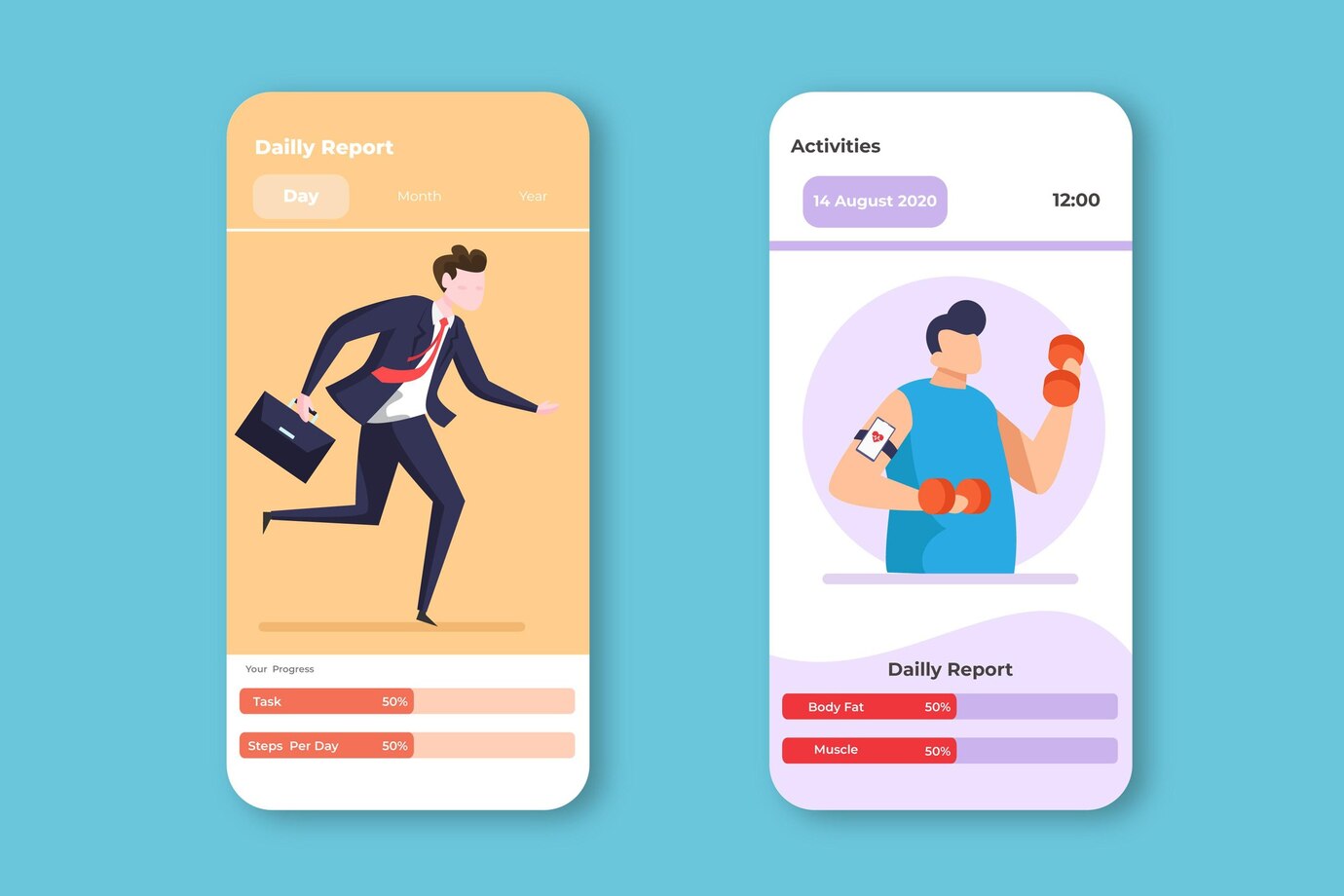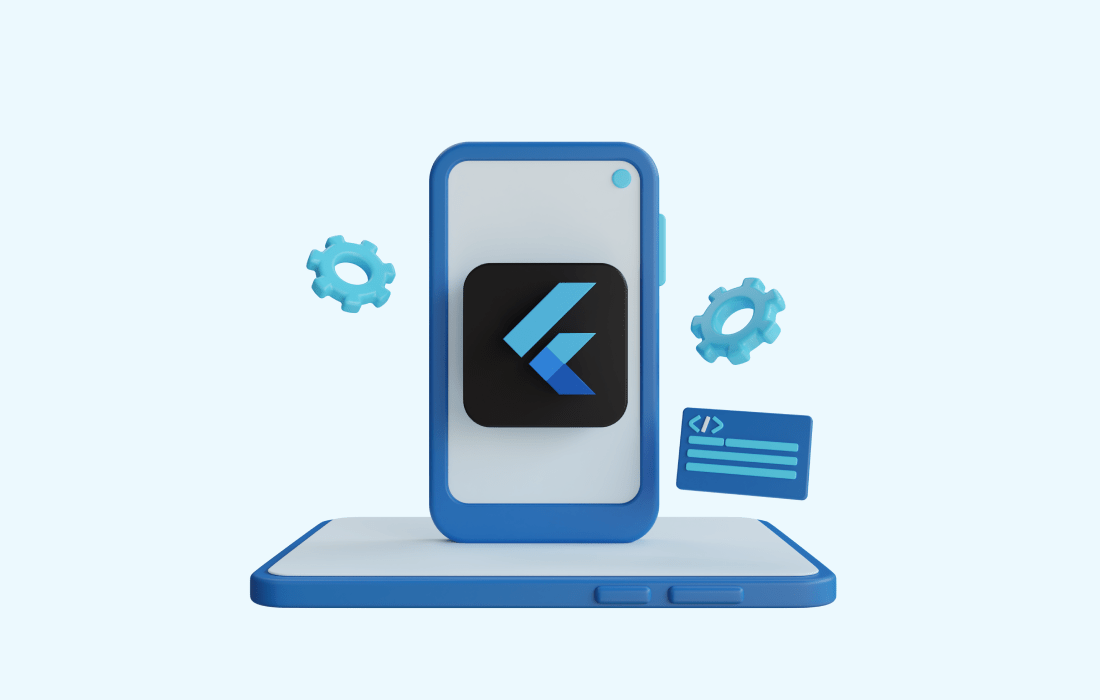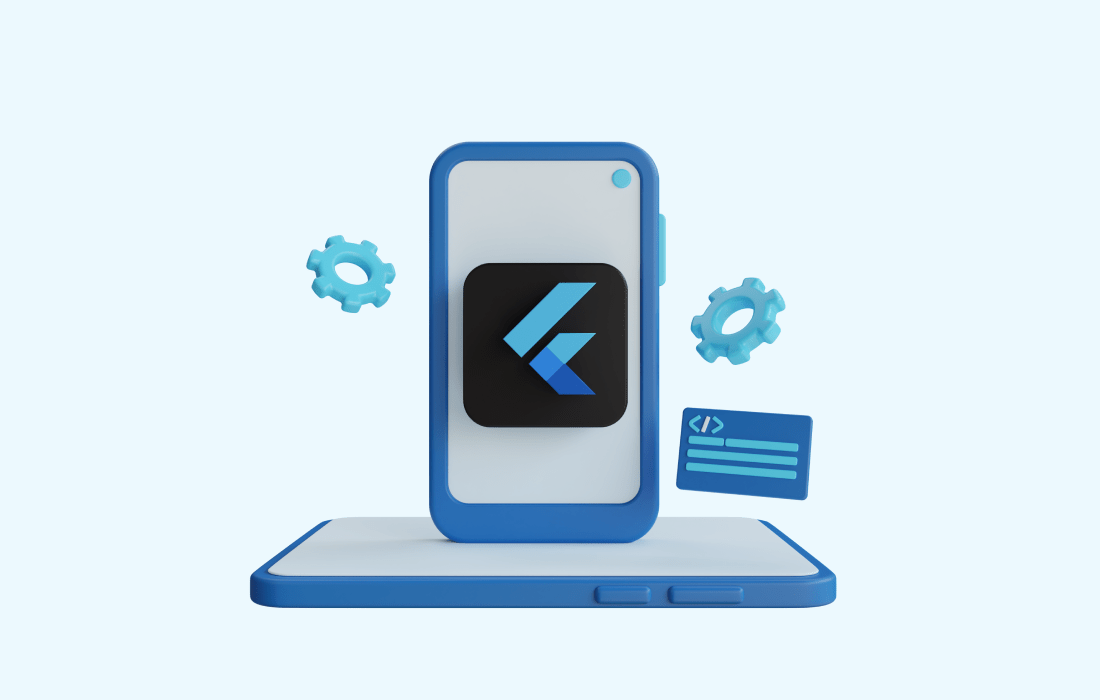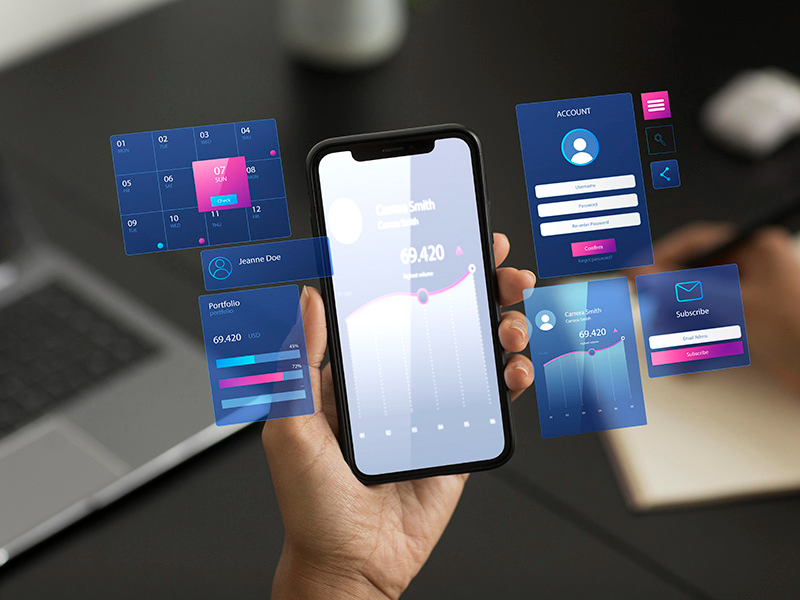Solving Flutter Plugin Compatibility Issues in 2025

Strong 8k brings an ultra-HD IPTV experience to your living room and your pocket.
Solving Third-Party Plugin Challenges in Flutter 2025
Flutter continues to dominate the cross-platform mobile development landscape, offering powerful tools and fast deployment. But in the evolving tech stack of 2025, one challenge continues to frustrate developers and businesses alike: Flutter plugin compatibility.
As Flutter expands across mobile, web, and desktop platforms, relying on third-party plugins has become both a blessing and a risk. While these plugins speed up development, they can break, conflict, or become obsolete—creating unexpected bugs and roadblocks at the worst times.
In this blog, we’ll break down the major compatibility issues developers face with Flutter plugins and how to overcome them without sacrificing speed or scalability.
Why Flutter Plugins Matter More Than Ever
Flutter's ecosystem is thriving with thousands of community-built and officially-supported plugins—ranging from payment gateways to image pickers and everything in between. These tools help reduce development time and eliminate the need to reinvent the wheel.
However, in 2025, developers must tread carefully. With Dart and Flutter updates rolling out rapidly, plugin maintenance can't always keep pace. Some plugins lag behind Flutter’s latest SDK versions, creating compatibility headaches during builds or runtime.
1. Understand Your Dependencies Clearly
Before adding a plugin, do a deep dive into its health. Check the following:
- Last update date
- Open issues and pull requests
- Platform support (iOS, Android, web, desktop)
- Null safety support
- Popularity and active community
A plugin may work flawlessly on mobile but break if you attempt to convert Flutter app to web—a scenario we’re seeing more as businesses explore multi-platform apps.
2. Avoid Over-Dependency
The more plugins you stack, the higher the risk of conflict. Try to avoid bloating your project with redundant libraries. Instead, prioritize plugins that solve core problems and stick to Flutter's official packages whenever possible.
For example, in animation-heavy projects, resist the urge to use every animation plugin out there. Instead, learn to Handle Complex Animations Smoothly using native tools like AnimationController and Tween—which are far more stable and future-proof.
3. Fork and Maintain Critical Plugins
If your app relies on a plugin that's no longer actively maintained, consider forking it. You can then update it to work with the latest Flutter SDK and avoid depending on an outdated version.
This approach works especially well for businesses working with a trusted flutter app development company, like Four Strokes Digital, who can take over long-term maintenance and ensure continuous compatibility.
4. Test Early, Test Often
Plugin bugs don’t always appear during development—they surface during integration or deployment. Set up continuous integration (CI) pipelines to test across platforms. For Flutter Mobile Apps, test on both Android and iOS simulators. If you’re also targeting the web, test web builds weekly to catch any plugin incompatibility early.
5. Use Alternatives When Necessary
If a plugin doesn’t support your target platform or breaks under a new SDK, look for alternatives. The Flutter community is fast-growing—chances are, there’s a better or more modern version available.
Always weigh the trade-off between writing custom functionality versus integrating a third-party solution. In many cases, simple features like localization, navigation, or theme management are better handled natively.
Real-World Plugin Problem (And How We Solved It)
At Four Strokes Digital, we encountered a plugin nightmare while building a high-volume retail app with deep location features and complex product filtering.
One key plugin responsible for geolocation stopped working after a Dart update. Rather than delay the project, we forked the plugin, rewrote the critical parts, and re-integrated it with minimal impact. Our team also replaced three other third-party libraries with in-house services to ensure future stability.
This approach helped the client avoid regressions—and gave them long-term control over a mission-critical dependency.
Final Thoughts
In 2025, building scalable and secure Flutter apps isn’t just about writing code—it’s about making smart architecture choices. Flutter plugin compatibility is a critical part of that equation.
By carefully selecting plugins, reducing over-dependence, and proactively testing for issues, you’ll not only minimize risk but also future-proof your development efforts.
Whether you're building from scratch or upgrading your app stack, working with a knowledgeable flutter app development company like Four Strokes Digital can help you avoid plugin pitfalls while accelerating your time to market.
Note: IndiBlogHub features both user-submitted and editorial content. We do not verify third-party contributions. Read our Disclaimer and Privacy Policyfor details.







